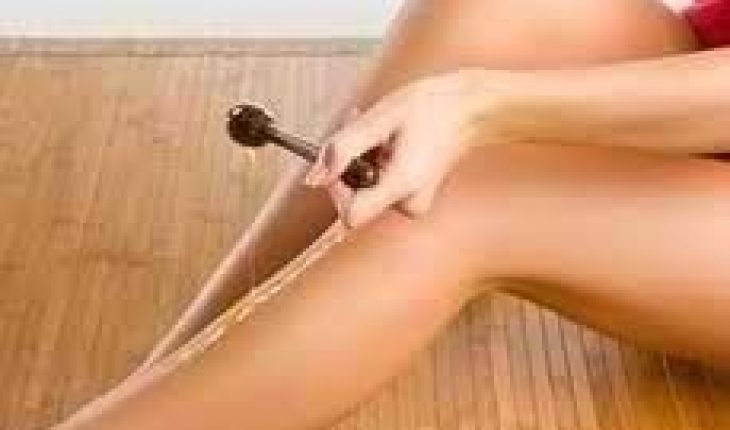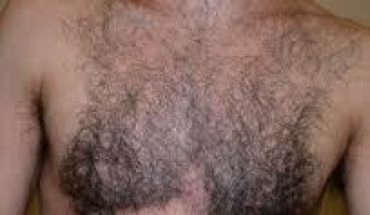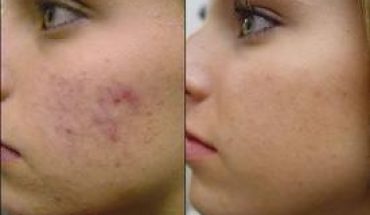Sugaring or sugar waxing as it is normally called is a form of hair removal that almost mirrors that of waxing. Sugaring hair removal involves making your own homemade wax, the process is easy and it gives one an appreciation of how waxes can be made on an industrial scale. Because sugaring hair removal involves making your own wax mixture, one may be prone to skin irritation, so it is important to test your skin’s sensitivity with the product you have made. Many people enjoy sugaring because it is a fun at home project and the technique is less painful than traditional waxing.
Sugar Wax Recipe
- 1 cup brown sugar
- 1/4 cup vinegar (lime, lemon or orange juice may be used as substitutes since they are equally as acidic)
- 1/2 cup water
If using the juices they must be freshly squeezed or have no preservatives.
Method of Wax Preparation Pour sugar and water into a sauce pan and place pan over a low heat. When the sugar starts caramelizing, pour the vinegar or juice/s into the pan, slowly stirring it in. Ensure that the consistency of the wax is not too thin or watery; if this is so then you may add more sugar. Do not allow the wax to become too dark or burn. Sugaring Techniques: From Preparation to Execution
- For sugar waxing you will need your sugar wax, corn starch or baby powder and gauze (used for bandaging) or cheese cloth
- Before sugar waxing, you should test your skin sensitivity. Place a pea sized amount of wax on an area to be waxed and wait 10 minutes to remove it. If any redness, bumps, itching or burning occurs in that area then discontinue the use of the homemade wax.
- For those who experienced no sensitivity, dust the area to be waxed with corn starch or baby powder and apply a thin layer of wax. When the wax is fully applied, place a strip of gauze over the wax and gently press the wax into the skin. When satisfied, gently lift the gauze peeling it from the skin in the direction of the hair growth.
- Depending on the density of hairs on the skin this process will take an average 10 minutes for each leg and approximately 2 minutes each for your underarms. Although the wax does not have any harsh additives it is not recommended that it be used in areas where it may come in contact with the soft tissue of your vagina. It is however safe for use on the bikini line.
- After waxing you may feel a bit sticky, it is advised that you wash the area/s with a mild cleanser afterwards, use a soothing lotion, preferably one containing Aloe Vera on the waxed area/s.
Warning
Vinegar, lime, lemon and orange juice are all acidic substances (they all have a pH of 3) and can be extremely irritating to sensitive skin types. If irritation occurs then immediately wash the area/s with water and apply a soothing lotion with Aloe Vera or cocoa butter. If the irritation lasts for more than three days you should visit your dermatologist.





